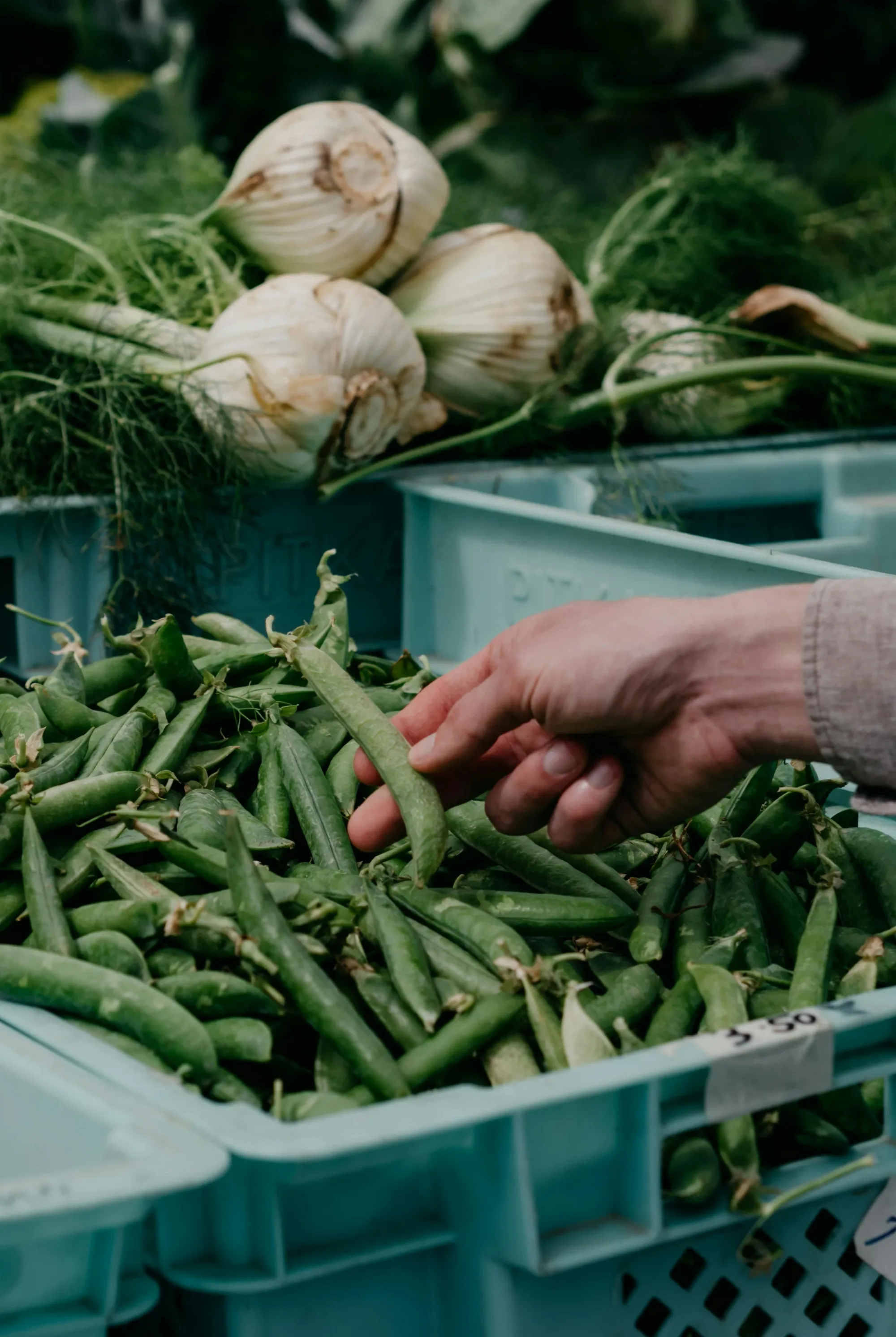Cooking with seasonal produce is one of the best ways to elevate your meals while supporting local farmers and reducing your environmental impact. Seasonal ingredients not only taste better but are also often more affordable and nutrient-dense. This guide explores the benefits of cooking with seasonal produce, how to identify what’s in season, and creative ways to incorporate fresh fruits and vegetables into your cooking year-round.
Why Cook with Seasonal Produce?
- Enhanced Flavor: Fruits and vegetables picked at their peak ripeness are more flavorful than those harvested early and shipped long distances. For example, a tomato in July tastes vastly different from one in January.
- Nutritional Value: Seasonal produce is richer in vitamins and minerals because it’s fresher and hasn’t spent weeks in storage.
- Cost Savings: Locally grown, in-season items are often less expensive due to higher availability and reduced transportation costs (Harvard School of Public Health).
- Sustainability: Eating seasonally reduces the environmental footprint of your meals, as it cuts down on the need for long-distance shipping and energy-intensive storage.
What’s in Season? A Seasonal Breakdown
Spring (March–May)
Spring brings fresh, tender greens and vibrant fruits to awaken your palate after winter.
- Vegetables: Asparagus, peas, radishes, artichokes, leeks, and spinach.
- Fruits: Strawberries, apricots, rhubarb.
- How to Use: Roast asparagus with olive oil, toss peas into risottos, or bake a rhubarb crisp.
Summer (June–August)
Summer is the time for juicy, sun-ripened fruits and a bounty of colorful vegetables.
- Vegetables: Zucchini, bell peppers, eggplant, cucumbers, tomatoes, and corn.
- Fruits: Peaches, melons, berries, cherries, and plums.
- How to Use: Grill zucchini with a drizzle of balsamic glaze, blend fresh tomatoes into gazpacho, or make a stone fruit galette.
Fall (September–November)
Autumn introduces hearty vegetables and the last burst of sweetness from summer’s fruits.
- Vegetables: Squash, pumpkin, sweet potatoes, carrots, and Brussels sprouts.
- Fruits: Apples, pears, figs, cranberries.
- How to Use: Roast butternut squash with sage, bake an apple crisp, or make a savory pumpkin soup.
Winter (December–February)
Winter produce offers hearty and nutrient-rich options to keep your meals warm and satisfying.
- Vegetables: Kale, cabbage, turnips, beets, parsnips.
- Fruits: Oranges, grapefruits, pomegranates, and persimmons.
- How to Use: Sauté kale with garlic, roast root vegetables, or create a citrus salad with fresh pomegranate seeds.
Tips for Cooking with Seasonal Produce
- Visit Local Farmers’ Markets: Farmers’ markets are the best places to find fresh, seasonal produce while supporting your local agricultural community.
- Learn to Substitute: If a recipe calls for out-of-season produce, swap it for a seasonal alternative (e.g., replace winter kale with spring spinach).
- Preserve the Bounty: Freeze, can, or pickle excess produce to enjoy seasonal flavors year-round.
- Pair with Herbs and Spices: Enhance the natural flavors of seasonal produce with fresh herbs like basil in summer or rosemary in winter.
Creative Ways to Use Seasonal Produce
- Seasonal Salads: Combine spring greens with radishes, summer cucumbers with watermelon, or winter kale with citrus fruits.
- Soups and Stews: Use root vegetables in hearty winter soups or fresh peas in a spring broth.
- Desserts: Incorporate fruits like berries in summer pies or pears in a spiced fall tart.
- Grill or Roast: Highlight the natural sweetness of vegetables like corn, squash, or carrots by grilling or roasting them.
Health Benefits of Seasonal Eating
Seasonal produce is not only fresher but also healthier. For instance, tomatoes grown in peak season contain higher levels of lycopene, a powerful antioxidant (National Institutes of Health). Similarly, winter citrus fruits are packed with vitamin C, helping to boost your immune system during cold months. Eating a variety of seasonal produce ensures that you’re getting a wide range of nutrients throughout the year.
Conclusion: Make Seasonal Produce the Star of Your Kitchen
Cooking with seasonal produce is a delicious and sustainable way to enhance your meals while connecting with nature’s cycles. By incorporating fresh, in-season ingredients into your weekly menus, you’ll enjoy peak flavors, better nutrition, and a lower grocery bill.
Ready to simplify your meal planning while making the most of seasonal produce? Join Curated Kitchen Collective today to access chef-vetted recipes, seasonal guides, and weekly menus that celebrate the best of each season. Elevate your cooking and transform your meals with the power of seasonal eating!
Works Cited
- Harvard School of Public Health. “Sustainability and Seasonal Eating.” The Nutrition Source, www.hsph.harvard.edu.
- National Institutes of Health. “Antioxidants in Seasonal Produce.” www.nih.gov.

